sudo renice 10 -u username.
i.e. some stuff and junk about Python, Perl, Matlab, Ruby, Mac X, Linux, Solaris, ...
Wednesday, May 27, 2009
Setting new nice value for a user's processes
To set a new nice value for all processes of a user the renice command can be used. For example to set a nice to 10:
Tuesday, May 26, 2009
Matlab: generate unique ID number
To generate a unique ID number for e.g. a temporary file or seed for random number generator current date/time in milliseconds can be used. I matlab the only command that gives time in milliseconds is datestr with FFF input e.g.
Unfortunatly other commands such as cputime or now don't return time in milliseconds, which is not so good.
datestr(now,'MMSSFFF')
ans =
5139451
datestr(now,'MMSSFFF')
ans =
5140057
UID=datestr(now,'MMSSFFF')
UID =
5214981
Unfortunatly other commands such as cputime or now don't return time in milliseconds, which is not so good.
Labels:
MATLAB
Sunday, May 24, 2009
CentOS 5: Set a background wallpaper for fluxbox.
To set a background wallpaper for fluxbox in CentOS 5.2 the following command can be used:
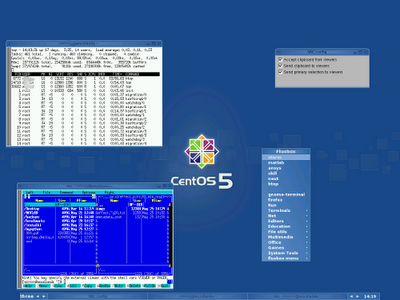
fbsetbg -f /usr/share/backgrounds/images/c5-center-2048x1536.jpg or fbsetbg -f /usr/share/backgrounds/images/default.jpg The above commands in my case was executed in xterm in running fluxbox. The CentOS's wallpapers are in usr/share/backgrounds/.
Labels:
CentOS
Friday, May 22, 2009
python: simple start with simplejson
JSON (i.e. JavaScript Object Notation) is a popular way of exchanging data in a string format. It can also be used to provide setup parameters for a program. The second option I used to show very basic JSON usage in python with simplejson package. Lets assume that we have a txt file called data.json with the following JSON code:
{
"Name": "W",
"Job": "Programmer",
"Movies": ["Star Wars", "Star Trek", "Terminator"],
"Address" : {
"Street": "Some Streat",
"House": 3,
"City": "Some City"
}
}
The above JSON code can be read into python object using load function as followsIn [7]: import simplejson as json
In [8]: f=open("data.json")
In [9]: data=json.load(f)
In [10]: f.close()
In [11]: data
Out[11]:
{'Address': {'House': 3, 'Street': 'Some Streat', 'City': 'Some City'},
'Job': 'Programmer',
'Movies': ['Star Wars', 'Star Trek', 'Terminator'],
'Name': 'W'}
In [12]: print data['Address']['House']
3
In [13]:
That's it:-)
Labels:
Python
Wednesday, May 20, 2009
Arch Linux: "Create archive" in gnome context menu
"Create archive" option in context menu is provided by Nautilus extenssion called file-roller. To install it in Arch linux it is enough to write (if sudo was installed previusly) 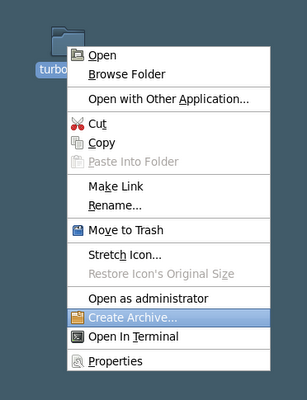
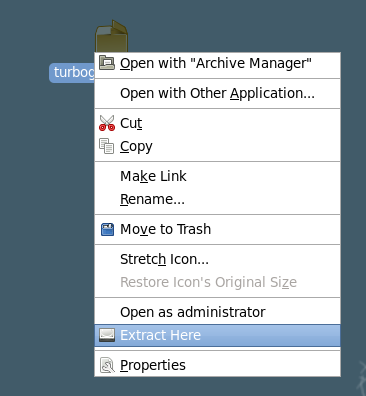
sudo pacman -S file-roller With this extension files and folders can be archived, and archve files can be extracted 

Thursday, May 14, 2009
Monday, May 04, 2009
Matlab 2008b: Execute matlab from python in CentOS 5.2
I have Matlab 2008b running on CentOS 5.2 server. I wanted to be able to execute Matlab commands from python. After a search I found mlabwrap 1.0.1. I decided to install it. On CentOS 5.2 I have python 2.4.3. I also installed numpy 1.0.4 from epel repository. numpy is required to install mlabwrap. To install mlabwrap I fallowed the instructions. Fortunately, I had no problems with the installation.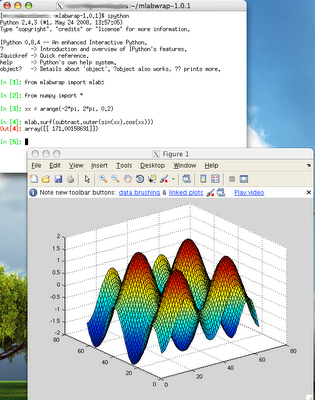 Note: the appearance of the windows in the image is from Mac X because I X forward them from CentOS server.
Note: the appearance of the windows in the image is from Mac X because I X forward them from CentOS server.
 Note: the appearance of the windows in the image is from Mac X because I X forward them from CentOS server.
Note: the appearance of the windows in the image is from Mac X because I X forward them from CentOS server.
Sunday, May 03, 2009
Arch Linux: dual monitor
I use gnome 2.26.1 + compiz-fusion on my Archlinux box. I wanted to add a second monitor to it. I have nVidia GeFore FX 5200 card and the following drivers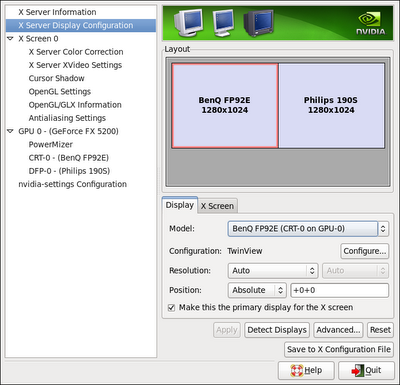 I also attach a photo of my compiz 3D cube on dual monitor screen.
I also attach a photo of my compiz 3D cube on dual monitor screen.  Later I change the monitors to have two, the same one.
Later I change the monitors to have two, the same one.  It can be noticed, that each monitor "is" on a different site of the 3D cube:-)
It can be noticed, that each monitor "is" on a different site of the 3D cube:-)
[W@localhost ~]$ pacman -Q | grep nvidia
nvidia-173xx 173.14.18-2
nvidia-173xx-utils 173.14.18-1I connected one monitor through DVI cable and the second by the VGA cable. I had no problems setting dual screen using nvidia-settings program (it comes with the above drivers). Below are my settings: I also attach a photo of my compiz 3D cube on dual monitor screen.
I also attach a photo of my compiz 3D cube on dual monitor screen.  Later I change the monitors to have two, the same one.
Later I change the monitors to have two, the same one.  It can be noticed, that each monitor "is" on a different site of the 3D cube:-)
It can be noticed, that each monitor "is" on a different site of the 3D cube:-)
Subscribe to:
Comments (Atom)

